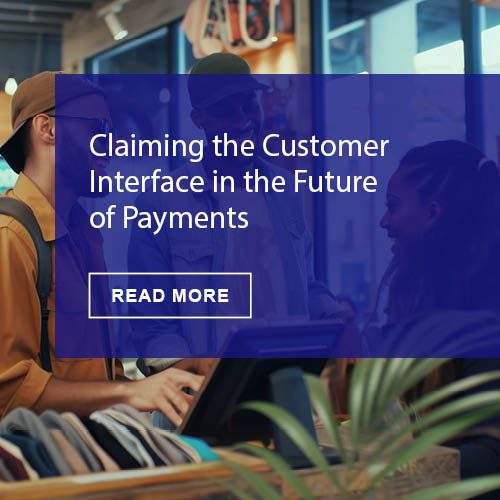In the payments industry, the mantra for those who design the user experience is safe and seamless.
Safe used to mean that they buyer’s personal information was protected and that the transaction was completed without a hitch. The global pandemic has added an element of physical safety to the criteria under the safe umbrella. Now, consumers are worried about the potential of catching COVID at the POS.
Seamless means that the transaction was as simple and easy for the payer (think convenient). That generally translates to a fast transaction that is better than swiping a card or handing it over to the cashier or waiter. COVID has also changed the way consumers view seamless as they look to minimize their exposure.
For business payers, safe and seamless also apply but they have a host of other methods for purchasing. As they look to improve the efficiency and cost of their payment process, new technologies are making the process more seamless and safe with options like electronic invoicing and remittance and virtual payment cards in an effort to reduce their reliance on physical payments (think checks).
The fast changing payments space aided, in part, by the pandemic have put the spotlight on the whole idea of the safe and seamless. As Nikhita Hyett points out in her recent blogpost, Why we’ll never look back from frictionless payment tech, on Finextra:
So, against the backdrop of this year and the disruption that has taken place across all areas of business, it’s been interesting to observe the simultaneous overhaul of the payments industry that is currently taking place. This transformation is being driven by changing consumer expectations, the uptake and accessibility of new digital technologies, and an attitudinal shift in how we pay and get paid.
As we move to a greater reliance on computers and mobile devices to purchase goods and services, payments are becoming more “frictionless” as the above mentioned blog post states. Whether it is card on file or card in app or some other payment mechanism, it is great to be that “top of wallet card.”
However, what does that mean for the secondary or tertiary card or payment method? As payments becoming more become “frictionless” (i.e., so very simple and safe), payments methods and brands can potentially become an afterthought. Fix it and forget it may be good for the buyers but what does it mean for the brands?
Overview by Peter Reville, Director, Primary Research Services at Mercator Advisory Group











